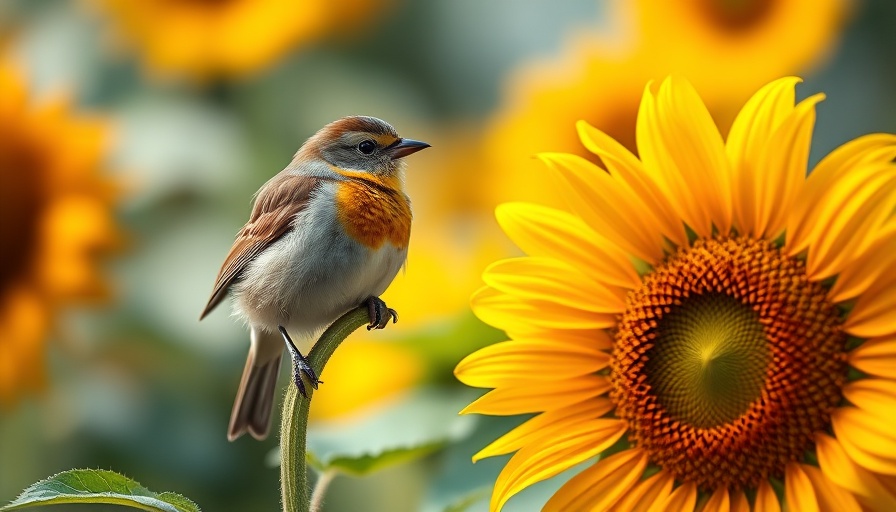
The Hidden Genetic Wonders of Song Sparrows
In the latest edition of Living Bird, researchers explore the extraordinary success of the humble Song Sparrow, revealing how its genetic diversity is not just a fascinating biological quirk but a critical factor in its adaptability to environmental changes. According to Rebecca Heisman, the Song Sparrow’s varied genome allows populations to react differently to fluctuating climates and ecological disruptions, creating a resilient network capable of survival in diverse habitats.
Building Futures Through eBird Trends
The decline of avian species has raised alarms, but a glimmer of hope emerges from the eBird platform. Gustave Axelson sheds light on a follow-up study that synthesizes five years of data since the sobering 3 Billion Birds Lost report. The eBird Trends offer insights into recovery potential and identify areas requiring conservation efforts. This innovative research points us toward a future with actionable strategies for restoring bird populations across the Americas.
Adaptation through Collaboration Among Chickadees
As urban landscapes evolve, wildlife often finds itself in a delicate balancing act of survival. Marc Devokaitis reports on the Mountain Chickadee, which has adapted its song in response to the presence of the Black-capped Chickadee. This phenomenon showcases not just the intricate relationships between species but also highlights how human-induced changes to habitats can drive evolutionary pathways, reshaping these birds' communications.
Legacies of Conservation: The C&O Canal Trail
In an inspirational historical perspective, Frederic J. Frommer recounts how a nine-day hike organized by Supreme Court Justice William Douglas helped save the Chesapeake & Ohio Canal from destruction in 1954. The 185-mile canal trail now serves as a vital green corridor for wildlife and a cherished recreational resource for D.C. residents, exemplifying the potent role individuals can play in conservation efforts.
Enhancing Lives with Birding Technology
Birdwatching today not only provides enjoyment but also fosters a sense of connection and awareness of the natural world. Andrew J. Lewis shares how the Merlin Bird ID app goes beyond simple identification, enhancing users' ability to recognize patterns in their environment and encouraging a deeper engagement with the avian community.
The Summer 2025 edition of Living Bird encapsulates the hopes, challenges, and technological advancements in bird conservation today. It serves as a clarion call for environmentally conscious efforts and continued research to safeguard our feathered friends. Read more to learn how you can engage with bird conservation efforts in your area today!
 Add Row
Add Row  Add
Add 




Write A Comment